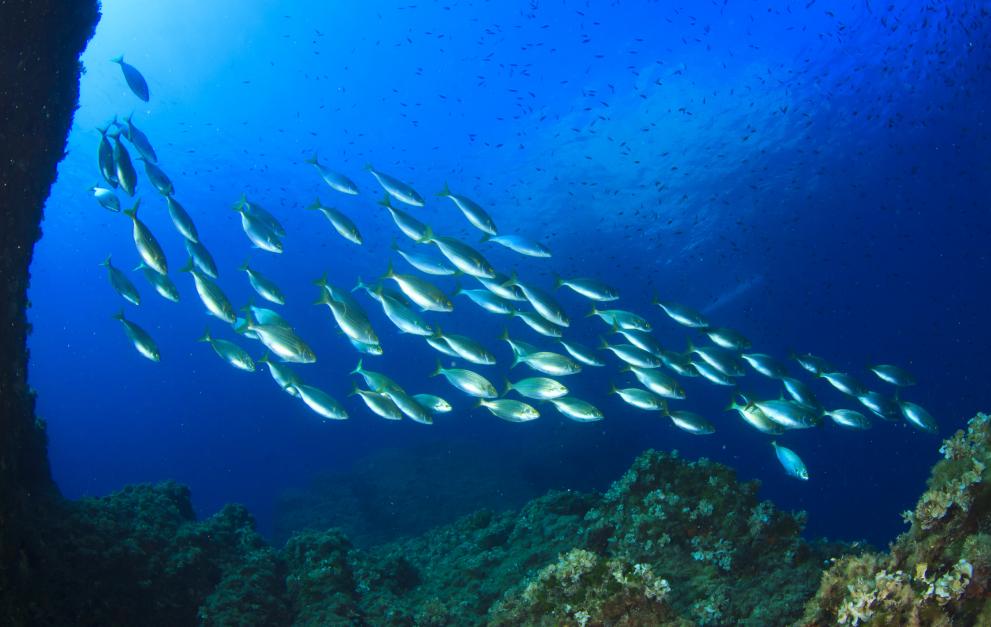
A recently published JRC-led article presents an innovative way of modelling marine nutrients that better reproduces observed phytoplankton biomass and ecosystem dynamics in productive areas.
Inorganic nutrients (such as nitrate and phosphate) and their relative ratio in water are responsible for biological production in marine ecosystems. An excess or imbalance in such substances can lead to eutrophication - a major environmental problem that can seriously degrade freshwater and marine ecosystems and their services.
In order to prevent such negative outcomes, we need to develop and apply models that can correctly simulate nutrient levels under different management scenarios.
This can be challenging in certain areas of the ocean where natural nutrient conditions are different to the general pattern. One such area is the Mediterranean Sea, where the relative proportion of nitrate and phosphate is quite different to that typically found in marine waters. Reasons for this stoichiometry are not yet well understood but it makes assessing eutrophication issues challenging in this marine basin
The authors show how the particular conditions of the Mediterranean Sea can be better explained by including phytoplankton's plasticity (flexible capacity to change and adapt) in its phosphate uptake. This is an essential trait that should be included in any model for simulating ecosystem conditions in this region, and for evaluating the consequences of management options in the basin.
This advancement not only allows us to better understand how these ecosystems work but also allows the Commission's in-house marine models (a set of scientific models designed to assess the impact of policy measures on marine ecosystems) to make a more precise assessment of eutrophication issues in the region.
The new approach is simple and easy to implement and, thus, can be used by any scientist or stakeholder interested in simulating the environmental conditions in the Mediterranean Sea.
Further information
Related Content
Details
- Publication date
- 19 February 2019
